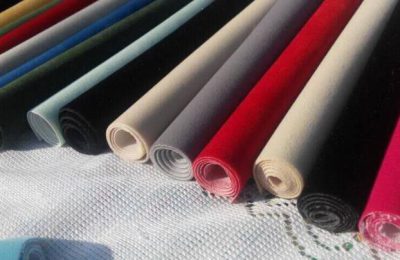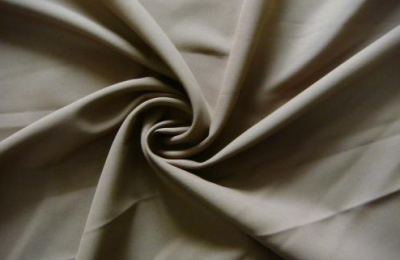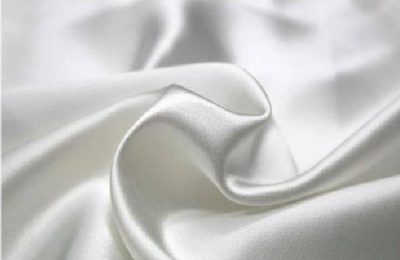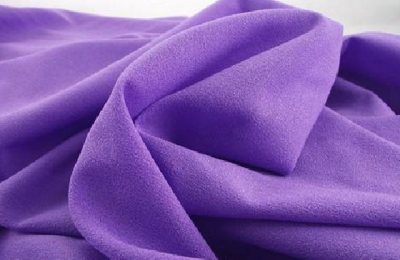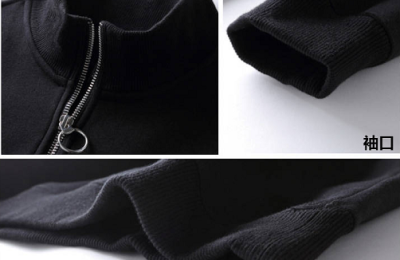PTFE microporous membrane is a flexible and elastic microporous material. This material has high porosity, uniform pore size distribution, and is breathable and impermeable. It can be used as a sterilization filter membrane, electrolysis membrane, etc. Diaphragms, gas dialysis membranes, ultra-clean filtration membranes for various solvents, etc.
Common viscous liquids include: paint, animal glue, sulfonated mucus, polyacrylonitrile, cellulose acetate, etc.
These substances themselves are very viscous and their particles are very small, about a few microns or even lower.
Some particles are also electrically charged. Removing them to make them non-conductive is a task that precision filtration must undertake.
PTFE microporous membrane is mainly made of refined nitrocellulose, adding appropriate amounts of cellulose acetate, acetone, n-butanol, ethanol, etc. It is hydrophilic, non-toxic and hygienic, and is a porous membrane filtration membrane. The material has relatively uniform pore size distribution, penetrating micropores, and an absolute pore size with a microporosity as high as 80‰.
It is mainly used for filtration of aqueous solutions, so it is also called aqueous membrane.
The polytetrafluoroethylene microporous membrane is prepared using a unique biaxial stretching technology, which can ensure the complete retention of bacteria and other impurities while having a large flux.
The material is resistant to high temperatures, strong acids and alkalis, and has wide chemical applicability. When used for gas filtration, it can achieve 100% retention of various phages, bacteria and particles above 0.02um.
PTFE microporous membrane has high filtration efficiency and can meet the filtration efficiency level requirements of sub-high efficiency, high efficiency and ultra high efficiency air filters.
We have a complete pre-sales, sales and after-sales service system.
Interested parties can enter the store to consult us.
</p



